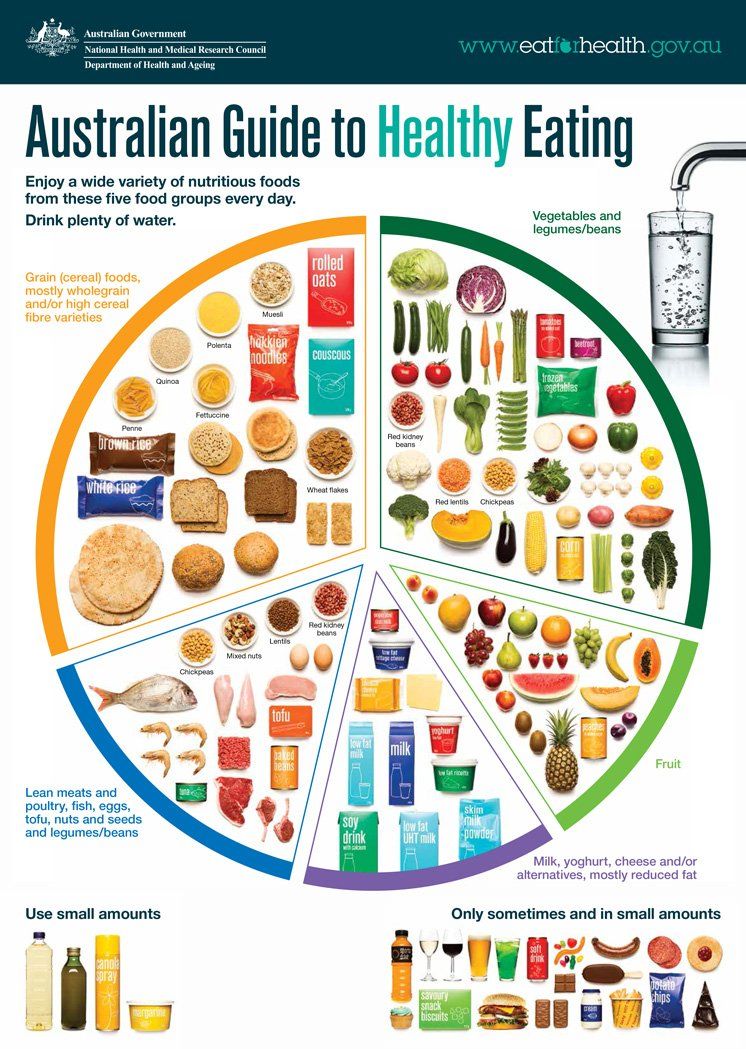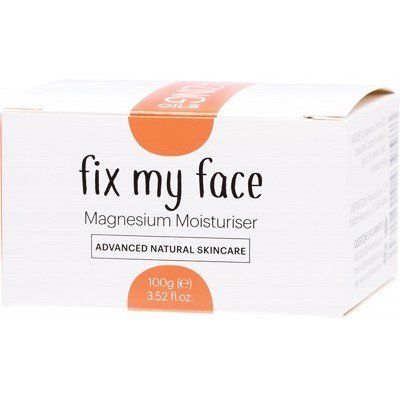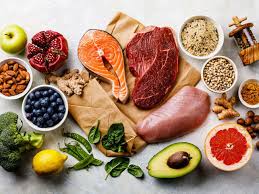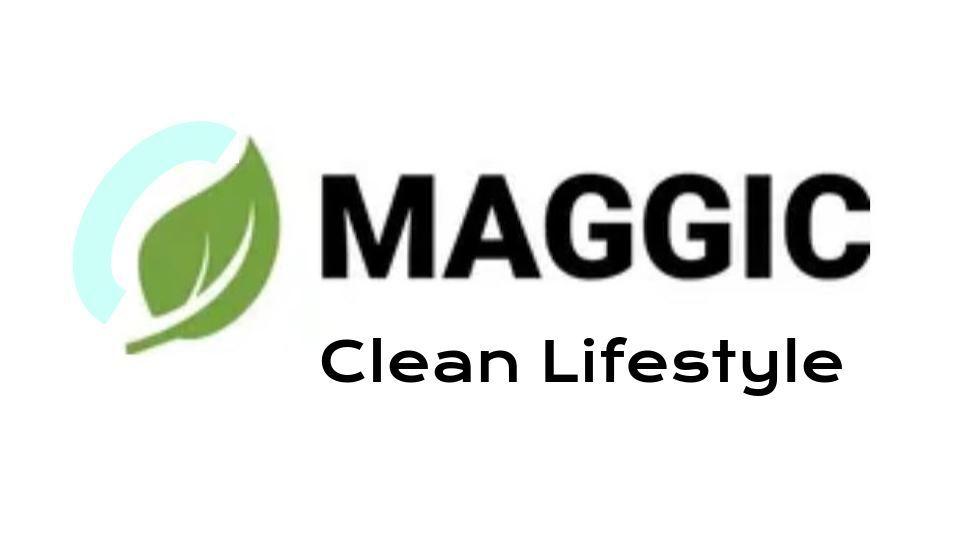Australian Food and Dietary Standards
- By florian.glinserer
- •
- 10 Nov, 2019
- •
What are you eating?

The labelling of goods with in Australia is often simplified by a stamp or certification label. These labels can be investigated by the consumer and are often heavily regulated by the standard organisations to ensure the consumer is provided with the grade of product expected by the labels description.
The Australian government, through statistical evidence often drives health initiatives to improve health standards across the nation. A healthy diet improves quality of life and wellbeing, and protects against chronic diseases. For infants and children, good nutrition is essential for normal growth.
Unfortunately, diet-related chronic diseases are currently a major cause of death and disability among Australians.
To ensure that Australians can make healthy food choices, we need dietary advice that is based on the best scientific evidence on food and health. The Australian Dietary Guidelines and the Australian Guide to Healthy Eating have been developed using the latest evidence and expert opinion. These guidelines will therefore help in the prevention of diet-related chronic diseases, and will improve the health and wellbeing of the Australian community.
Evidence suggests Australians need to eat more:
- vegetables and legumes/beans
- fruits
- wholegrain cereals
- reduced fat milk, yoghurt, cheese
- fish, seafood, poultry, eggs, legumes/beans (including soy), and nuts and seeds.
- red meat (young females only)
Evidence suggests Australians need to eat less:
- starchy vegetables (i.e. there is a need to include a wider variety of different types and colours of vegetables)
- refined cereals
- high and medium fat dairy foods
- red meats (adult males only)
- food and drinks high in saturated fat, added sugar, added salt, or alcohol (e.g. fried foods, most take-away foods from quick service restaurants, cakes and biscuits, chocolate and confectionery, sweetened drinks).

The idea that you can eat pure foods or cleanse your body of toxins or purify your life is meant for the consumer who is unaware of what a healthy diet is, has become ill, is is looking to prevent illness and disease. These types of people are often exposed to people with disease or ill health and become concerned about there own health.
In this case it is worth investing some time and effort into modifying learnt habits which you know have effected your parent or grandparents health. The aim is to understand that food and nutrition guidelines are there to help guide the consumer towards health and healthy choices.
Healthy food is not toxic nor do you, as a consumer, need to obsess over health food trends to be healthy. The aim is create healthy people and not create another problem.
Conclusion
Follow standard healthy eating guidelines to ensure that you become a gold star citizen and not a part of another national health crisis. https://www.maggicclean.com.au/online-shop

































